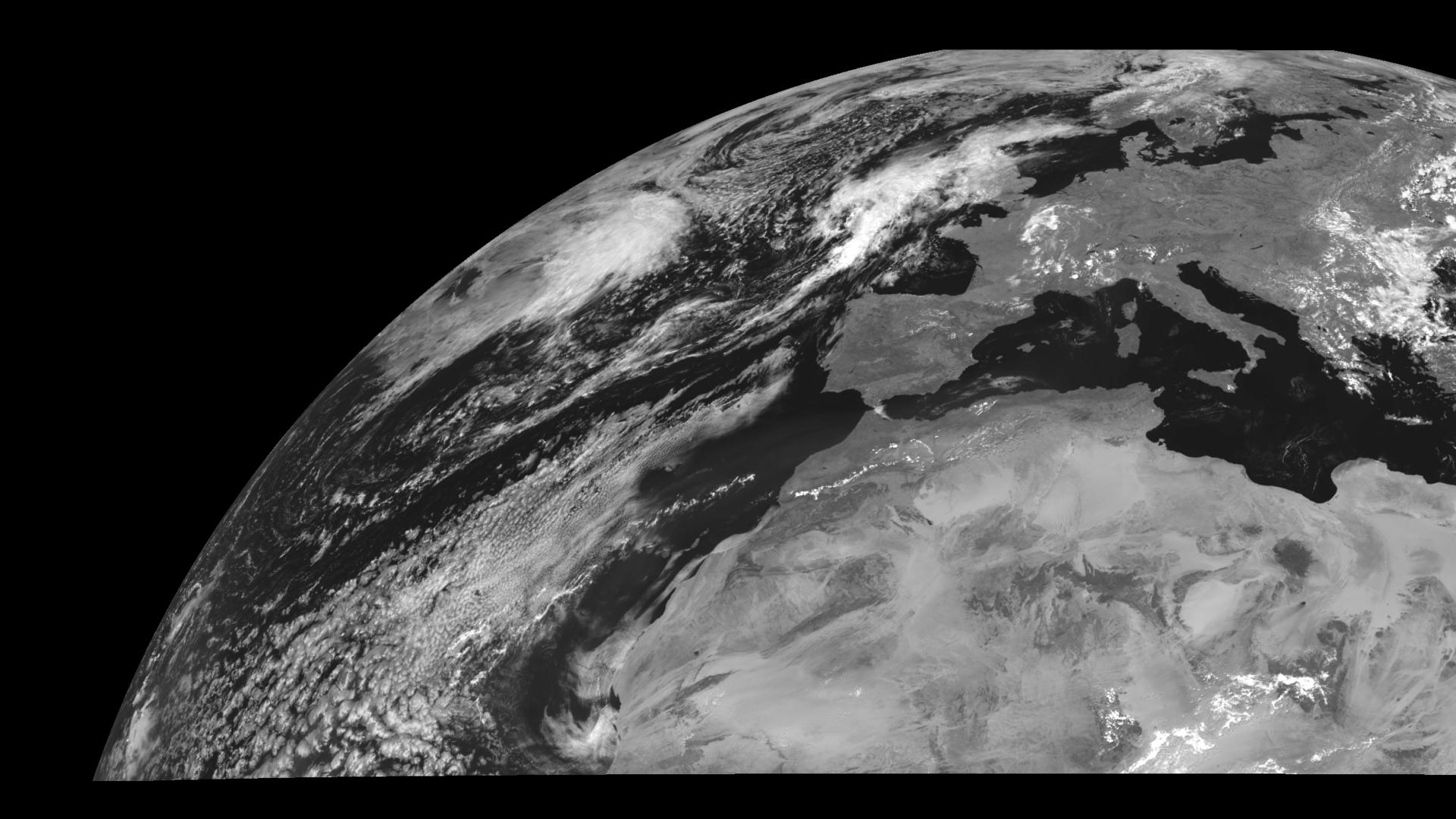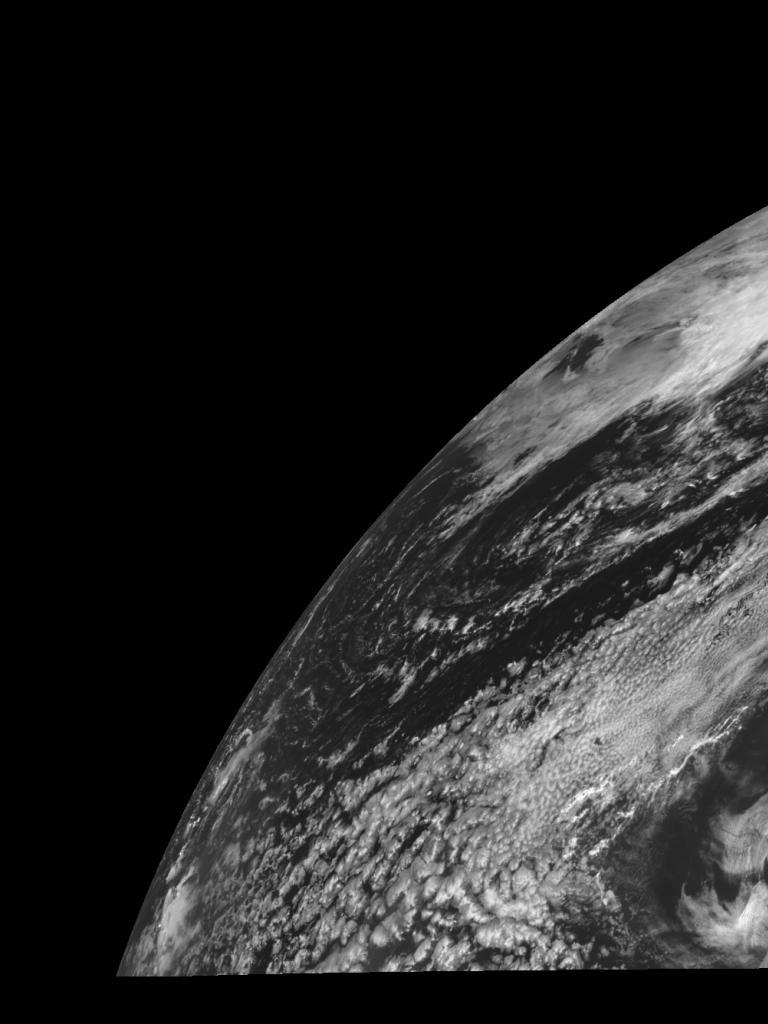
First anniversary of Rapid Scanning Service on Meteosat-8


Today marks the first anniversary of the beginning of the Rapid Scanning Service (RSS) on EUMETSAT’s Meteosat-8 geostationary weather satellite, which for one year now has been successfully delivering this vital service in support of Nowcasting of severe weather events
05 November 2024
13 May 2009
RSS delivers Meteosat Second Generation (MSG) image data as well as a selection of meteorological products. Rapid scan data complements the 15-minute High Resolution Image data generated by the operational Meteosat satellite, Meteosat-9, for which Meteosat-8 is the backup. The scan period is five minutes, the same as European weather radars, allowing the monitoring of rapidly developing localised convective weather systems like thunder storms. The scan covers an approximate latitude range of 15° to 70°. The image data and products are based on the full 12 spectral channels available from MSG. Images are rectified to 9.5°E.
RSS products include Atmospheric Motion Vectors extracted every 20 minutes; Clear Sky Radiances extracted every 15 minutes; and Multi-sensor Precipitation Estimate, Active Fire Monitoring and Global Instability Index extracted every five minutes. They are distributed via EUMETCast-Europe and on the World Meteorological Organization’s Global Telecommunication System and are archived at EUMETSAT.
Users are satisfied with the faster service. Jörg Asmus of the Remote Sensing Division of the Deutscher Wetterdienst (DWD), the German weather service, said, “Satellite images available in five minutes through RSS aid in the early recognition of convective systems, allowing early warning of dangerous weather conditions like storms. RSS images complement ground radar images, which are also available in five minutes, and result in much better animations.”
The original RSS began in September 2001 using the first generation Meteosat-6. RSS was originally used to support the Mesoscale Alpine Programme, an international research initiative devoted to the study of atmospheric and hydrological processes over mountainous terrain aimed at expanding knowledge of weather and climate over complex topography and thereby to improve forecasting capabilities. The service was continued in response to a more general demand from the user community for more frequent imagery over Europe than the standard 30-minute intervals available with first generation Meteosat satellites. RSS, provided by the Meteosat-6 satellite positioned at 10°E, generated image data covering Europe at 10-minute intervals. Originally rectified to 0° longitude, from 4 April 2003 these data were rectified to 10°E. The wind products produced from the rapid scan data included Cloud Motion Winds, High Resolution Visible Winds, High Resolution Water Vapour Winds, and Clear Sky Water Vapour Winds. Meteosat-6 RSS ended in January 2007.

